Measure - H2020_20
- Code
- H2020_20
- Data state
- Published
- Data set(s)
- H2020
- JMF
- Data Mart ID
- 629
- DATA_MASK
- Created on
- Data updated on
- Metadata updated on
- Notes updated on
- UNIT_TYPE
- DTH_1000BRTH
- EXTERNID
- HFA_74 1110
- DATA_SOURCE
- H2020
- DATA_TYPE_REPRESENTATION
- RATE
- Classification(s)
- Health 2020 targets [B]
- Short name En
- Infant mortality
- Full name En
- Infant mortality per 1000 live births
- Data set notes En
-
- H2020
- http://www.euro.who.int/en/health-topics/health-policy/health-2020-the-european-policy-for-health-and-well-being
Health 2020 core indicators were agreed by the WHO European Region Member States for monitoring progress towards the Health 2020 targets. Some of these indicators are based on official WHO sources and other are based on non-WHO sources, such as UNESCO and UNDP. Data from WHO sources can be accessed and queried at national level, while data from non-WHO sources is available in aggregated form, for groups of Member States.
Further information: DIR@euro.who.int - JMF
- The joint monitoring framework (JMF) is used for reporting on indicators under three monitoring frameworks: the Sustainable Development Goals (SDGs), Health 2020 and the Global Action Plan for the Prevention and Control of Noncommunicable Diseases (NCDs) 2013–2020. The Regional Committee for Europe adopted the JMF in September 2018.
The majority of JMF indicators in the Gateway are linked to existing databases in the Gateway.
Background documents
EUR/RC68/10 Rev.1 Briefing note on the expert group deliberations and recommended common set of indicators for a joint monitoring framework
http://www.euro.who.int/en/about-us/governance/regional-committee-for-europe/past-sessions/68th-session/documentation/working-documents/eurrc6810-
EUR/RC68(1): Joint monitoring framework in the context of the roadmap to implement the 2030 Agenda for Sustainable Development, building on Health 2020, the European policy for health and well-being
http://www.euro.who.int/en/about-us/governance/regional-committee-for-europe/past-sessions/68th-session/documentation/resolutions/eurrc68d1
Developing a common set of indicators for the joint monitoring framework for SDGs, Health 2020 and the Global NCD Action Plan (2017)
http://www.euro.who.int/en/health-topics/health-policy/health-2020-the-european-policy-for-health-and-well-being/publications/2018/developing-a-common-set-of-indicators-for-the-joint-monitoring-framework-for-sdgs,-health-2020-and-the-global-ncd-action-plan-2017
- Measure note En
-
Targets and indicators for Health 2020 version 3:
http://www.euro.who.int/en/health-topics/health-policy/health-2020-the-european-policy-for-health-and-well-being/publications/2016/targets-and-indicators-for-health-2020.-version-3-2016
European Health Information Initiative:
http://www.euro.who.int/en/data-and-evidence/european-health-information-initiative-ehii
The European Health Statistics App:
http://www.euro.who.int/en/data-and-evidence/the-european-health-statistics-app
(8) 3.1.a. Infant mortality per 1000 live births, disaggregated by sex
Infant mortality represents an important component of under-5 mortality. Like under-5 mortality, infant mortality rates measure child survival. They also reflect the social, economic and environmental conditions in which children (and others in society) live, including their health care. Since data on the incidence and prevalence of diseases (morbidity data) are frequently unavailable, mortality rates are often used to identify vulnerable populations. Infant mortality rate is a Millennium Development Goal indicator.
The infant mortality rate is the probability of a child born in a specific year or period dying before reaching the age of 1, if subject to the age-specific mortality rates of that period. The infant mortality rate is strictly speaking not a rate (i.e. the number of deaths divided by the number of population at risk during a certain period of time) but a probability of death derived from a life table and expressed as rate per 1000 live births.
Infant mortality relates to deaths in children less than one year old.
- Country notes En
-
- Export
- XLSX (Excel)
- CSV
- Short name Ru
- Младенческая смертность
- Full name Ru
- Младенческая смертность на 1000 живорожденных
- Data set notes Ru
-
- H2020
- http://www.euro.who.int/ru/health-topics/health-policy/health-2020-the-european-policy-for-health-and-well-being
Ключевые индикаторы политики «Здоровье-2020» согласованны странами-членами Европейского региона ВОЗ для мониторинга хода работы по достижению целевых показателей политики «Здоровье-2020». Некоторые из этих индикаторов основаны на официальных источниках данных ВОЗ, а другие – на других источниках данных, таких как ЮНЕСКО и ПРООН. Данные из источников ВОЗ можно получить и запросить на национальном уровне, а данные из других источников доступны в обобщенной форме для групп стран-членов.
За дополнительной информацией обращайтесь по адресу: DIR@euro.who.int - JMF
- Единый механизм мониторинга (ЕММ) используется с целью представления отчетности по показателям для трех систем мониторинга: Целей в области устойчивого развития (ЦУР), политики Здоровье-2020 и Глобального плана действий по профилактике неинфекционных заболеваний (НИЗ) и борьбе с ними на 2013–2020 гг. Европейский региональный комитет утвердил ЕММ в сентябре 2018 г.
Большинство показателей ЕММ на Европейском портале информации здравоохранения связаны с уже имеющимися на Портале базами данных.
Справочные документы
EUR/RC68/10 Rev.1 Информационная записка по дебатам группы экспертов и рекомендованному общему набору показателей для единого механизма мониторинга
http://www.euro.who.int/ru/about-us/governance/regional-committee-for-europe/past-sessions/68th-session/documentation/working-documents/eurrc6810-
EUR/RC68(1): Единый механизм мониторинга в контексте дорожной карты по реализации Повестки дня в области устойчивого развития на период до 2030 г. с опорой на европейскую политику в поддержку здоровья и благополучия – Здоровье-2020
http://www.euro.who.int/ru/about-us/governance/regional-committee-for-europe/past-sessions/68th-session/documentation/resolutions/eurrc68d1
Разработка общего набора индикаторов для единого механизма мониторинга хода достижения ЦУР и оценки прогресса в осуществлении политики Здоровье-2020 и Глобального плана действий ВОЗ по профилактике НИЗ и борьбе с ними (2017 г.)
http://www.euro.who.int/ru/health-topics/health-policy/health-2020-the-european-policy-for-health-and-well-being/publications/2018/developing-a-common-set-of-indicators-for-the-joint-monitoring-framework-for-sdgs,-health-2020-and-the-global-ncd-action-plan-2017
- Measure note Ru
-
Целевые ориентиры и индикаторы для политики Здоровье-2020. Версия 3:
http://www.euro.who.int/ru/health-topics/health-policy/health-2020-the-european-policy-for-health-and-well-being/publications/2016/targets-and-indicators-for-health-2020.-version-3-2016
Европейская инициатива в области информации здравоохранения:
http://www.euro.who.int/ru/data-and-evidence/european-health-information-initiative-ehii
Приложение "Статистика здоровья":
http://www.euro.who.int/ru/data-and-evidence/the-european-health-statistics-app
(8) 3.1.a. Младенческая смертность на 1000 живорожденных, в разбивке по полу
Младенческая смертность является важным компонентом смертности детей в возрасте до 5 лет. Как и показатель смертности детей до 5 лет, уровень младенческой смертности используется для оценки
выживаемости детей. Он также отражает социальные, экономические и экологические условия жизни детей (и других групп населения), включая оказание лечебно-профилактической помощи. Поскольку нередко отсутствуют данные о заболеваемости и распространенности болезней, для выявления уязвимых групп населения часто используют показатели смертности. Уровень младенческой смертности является одним из индикаторов для Целей развития тысячелетия.
Коэффициент младенческой смертности – это вероятность смерти ребенка, родившегося в конкретном году или в конкретный период, до достижения им возраста одного года, рассчитываемая исходя из значений повозрастных коэффициентов смертности за тот же период.
Строго говоря, уровень младенческой смертности не является коэффициентом (т. е. интенсивным показателем, рассчитанным как отношение числа случаев смерти к численности группы риска за
определенный период времени). Это вероятность смерти, значение которой получено по таблице дожития, выраженная в виде коэффициента на 1000 живорожденных.
Младенческая смертность означает смертность детей в возрасте до 1 года.
- Country notes Ru
-
- Export
- XLSX (Excel)
- CSV




